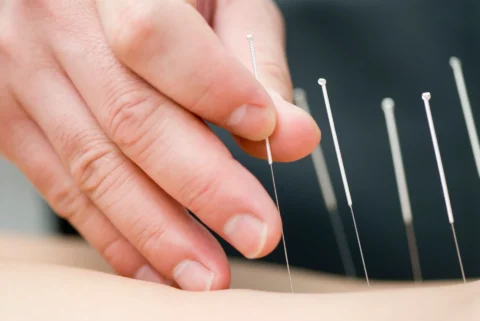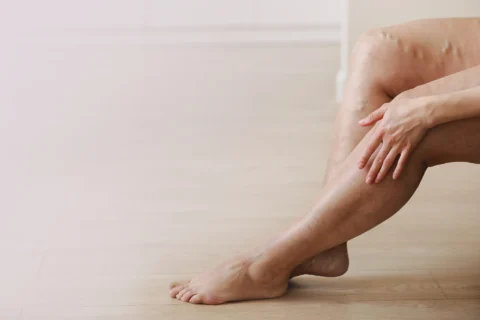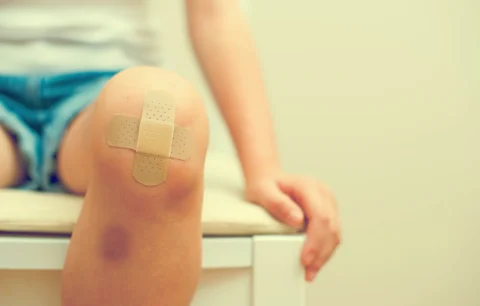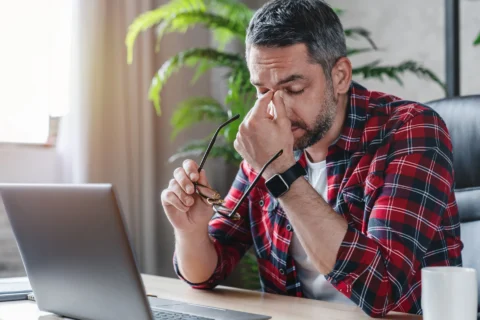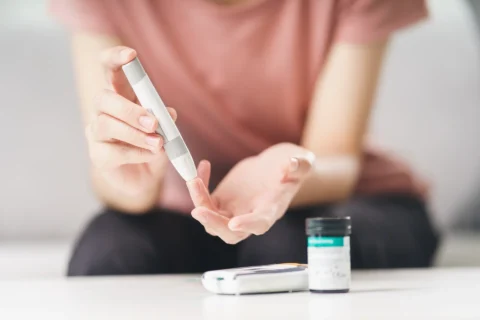Chronic venous insufficiency, like any other chronic disease, is a multifactorial venous disease and can cause a wide range of complications. It’s important for patients to be aware of these complications to motivate them more on addressing their CVI, as this is said to cause plenty of complications, including blood clots.
So can chronic venous insufficiency cause blood clots? Yes, chronic venous insufficiency causes blood clots. In fact, it’s associated with venous thromboembolism (VTE), an encompassing term for deep vein thrombosis (DVT) which occurs in 18 to 25% of patients with CVI, and pulmonary embolism which occurs in 7% of patients with CVI.
Clotting Complications of Chronic Venous Insufficiency
Chronic venous insufficiency (CVI) is characterized by impairments in blood flow, in that the normally unidirectional flow of the leg veins back to the heart isn’t allowed by the dysfunctional valves. This results in valvular reflux that causes the blood to pool in veins when the calf muscles relax, which in turn results in blood clots.
Venous thromboembolism (VTE) occurs because of a triad of underlying pathology named the Virchow’s triad: impairments in blood flow, damage to the blood vessel wall, and blood clotting disorders leading to excessive clotting or hypercoagulability. This triad may occur because of CVI. VTE is an encompassing term for manifestations namely the following:
- Deep Vein Thrombosis – DVT is a serious disease that occurs as a consequence of the formation of blood clots in the deeper veins of the body, typically in the lower leg, thigh, or pelvis. Common symptoms of DVT are pain, redness, tenderness, and swelling of the affected area.
- Pulmonary Embolism – A pulmonary embolus forms as a result of the blood clot from DVT traveling towards the lungs. It’s characterized by difficulty of breathing and hemoptysis (coughing of blood) in patients afflicted with the disorder. It may also manifest with chest pain.
Similarly, the impairment in blood flow caused by CVI can also cause superficial thrombophlebitis, a disease condition where the superficial veins (the veins under the skin) form clots. It’s characterized by swelling, pain, warmth, and redness in the area where the blood clot occurred.
Unlike deep vein thrombosis, clots in superficial thrombophlebitis don’t travel up to the lungs or any other part of the body.
Other Complications of Chronic Venous Insufficiency
Aside from venous thromboembolism, chronic venous insufficiency, when left untreated, may also progress to the development of leg ulcers which are chronic, non-healing wounds but are often shallow.
The most common type of leg ulcer is the venous stasis ulcer, the type that occurs due to venous hypertension associated with CVI. Several other factors contribute to its causation like damage to the vein wall and clumping together of platelets.
Venous ulcers are characterized by leg swelling or the build-up of excess fluid, venous dermatitis, varicosities like varicose veins and spider veins, and lipodermatosclerosis.
Vein Center Doctor: Your Partner in Avoiding Complications of CVI

Undergoing treatment for patients with chronic venous insufficiency is an important step toward avoiding serious complications that pose a serious health threat, like venous thromboembolism and leg ulcers.
With our medical team headed by Dr. Rahul Sood at Vein Center Doctor, we offer approaches to vein treatment that are effective and safe in managing this vein condition. This is especially when lifestyle changes like routine exercise can no longer manage the advanced symptoms associated with CVI.
1) Radiofrequency Ablation
Radiofrequency ablation is a kind of thermal ablation technique where a heat-tipped catheter is advanced up to the saphenofemoral junction to deliver radiofrequency energy towards the affected, dilated veins. Radiofrequency damages the vein wall, causing the closure of the affected veins, then redirecting the circulation of blood from the diseased vein to a healthy vein. This procedure requires anesthesia and ultrasound to guide the advancement of the catheter.
2) Endovenous Laser Treatment
Endovenous laser ablation is also one of the venous ablations that employ the same principle and procedure as radiofrequency ablation, with the difference that the energy delivered through the catheter is laser energy. Through the laser energy delivered, the affected vein is closed off and blood is redirected to other working veins. This procedure also requires anesthesia and ultrasound guidance.
3) Sclerotherapy
Sclerotherapy is the method that’s suitable for smaller veins like spider veins, to which catheterization can’t be done. It involves the delivery of chemicals called sclerosants in the affected vein to irritate the vein wall and cause its closing off. Common sclerosants include a hypertonic saline solution and sodium tetradecyl sulfate. Sclerotherapy may also come in liquid or foam form.
4) VenaSeal Closure System
The VenaSeal closure system employs the use of a special catheter that delivers, with the guidance of ultrasound imaging, the VenaSeal adhesive, a special formulation of n-butyl-2-cyanoacrylate. This procedure is done by pressing the trigger for 3 seconds to deliver 0.1 cc of the VenaSeal adhesive, compressing the area for 3 minutes, and repeating these steps until all of the target veins are covered. It’s minimally invasive and doesn’t require anesthesia.
5) Compression Therapy
Compression therapy entails the use of compression garments like a pair of compression socks to deliver graded pressure that opposes the hydrostatic pressures exerted by the diseased veins that also cause excess fluid build-up. This is considered the first-line and the procedure of choice when treating chronic venous insufficiency and leg ulcers.
Despite its easy use, however, this procedure is not without issues like patient compliance and the lack of standardization in the pressures applied by the compression garments.
Experience the Best Outpatient Vein Care at Vein Center Doctor
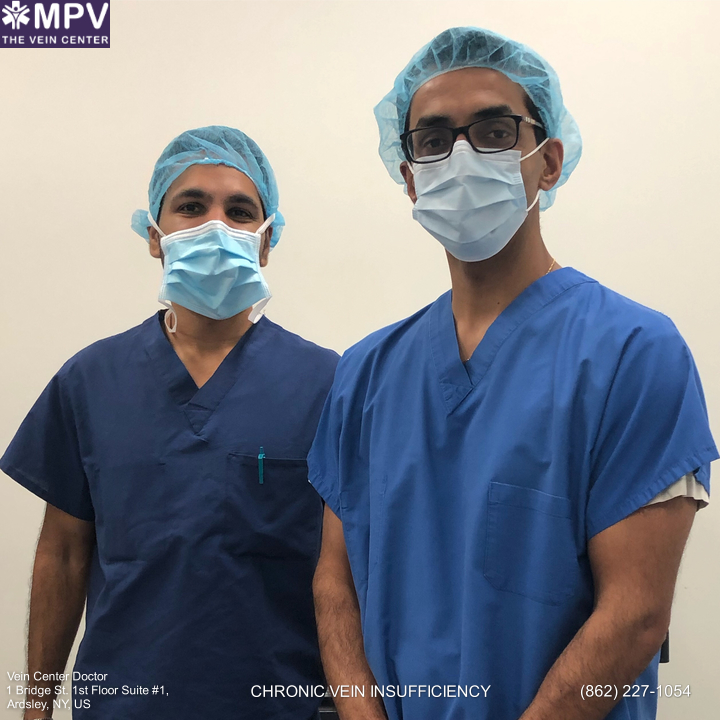
Chronic venous insufficiency, especially when left untreated, may progress to several complications. This includes blood clots that are defined in the encompassing term venous thromboembolism, post-thrombotic syndrome, and chronic venous ulceration. It’s thus important that CVI be managed as early as possible.
At Vein Center Doctor, we’re here to help you manage your vein disease through our tried-and-tested outpatient procedures. We combine the best treatments with the best professionals that are highly skilled and trained to perform vein care procedures. Resume the usual activities that you do and don’t let CVI stop you again. Contact us today at 1-862-500-4747 to book your free consultation.



